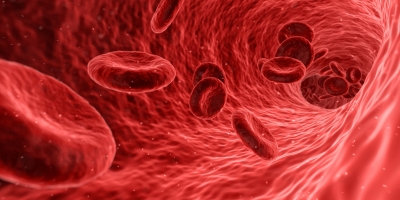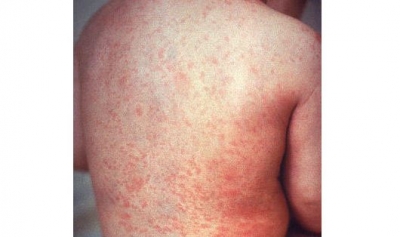Prenatal screening is of utmost importance to prevent thalassemia, a blood disorder, said doctors here calling on the need to increase screening.
Thalassemia is an inherited blood disorder transmitted from both the parents to children, resulting in reduced haemoglobin, due to which the body’s red blood cells, which carry oxygen to all the cells of the body, are not able to function properly. This leads to anaemia, which makes the patient feel tired or short of breath.
Severe anaemia can damage organs of the body. Additionally, repeated blood transfusions lead to iron overload which can cause organ damage, if not managed adequately.
India has the largest number of children with thalassemia major in the world about 1-1.5 lakhs. About 10,000-15,000 children having thalassemia are born every year in the country accounting for 10 per cent of the total world incidence.
With early prenatal screening and detection, it is possible to diagnose a congenital defect as early as possible during pregnancy.
“Avoiding the birth of a thalassemic child is the only feasible solution to the challenge of thalassemia facing the society today. When a woman is pregnant, she should be screened for this disease. If she is found to be a carrier, the husband should also be tested,” said Dr (Prof) Pravas Mishra, Head, Haematology & BMT, Amrita Hospital, Faridabad.
“If both are found positive, then a test is required on the unborn foetus. If the foetus is found to be affected, then the parents can consider the option of abortion and avoid the birth of a thalassaemic child,” he added.
Since thalassemia is a genetically transmitted disease, the child would either be thalassaemic or a carrier. A carrier child doesn’t suffer from the disease. A recent study conducted by the National Health Mission (NHM) stated that about 42 million people in India are silent carriers of the condition.
While thalassemia is curable via stem-cell transplant, the costs involved are very high, about Rs 12-15 lakh. In addition, finding a matching donor is also a burden for families.
“Thalassemia major is a preventable illness, thus more efforts and awareness is required to help people understand the ways of preventing thalassemia. Having said this, there are a large number of kids who continue to suffer from thalassemia with a huge psychological and financial burden leading to poor quality of life and decreased life expectancy,” said Dr Gaurav Kharya, Advisor, Bone Marrow Transplant & Cellular Therapy at Indraprastha Apollo Hospital, New Delhi.
“Just like being preventable, for kids affected with thalassemia major, it is very much a curable disease by offering a bone marrow transplant using either hla identical or haploidentical donor,” he added.
However, Dr Mishra said a matching donor is found within the patient’s family only in 25-30 per cent of the cases.
“The rest of the patients have to wait to find an unrelated donor. The ideal time for undergoing a stem cell transplant is before the patient enters teenage. In later years, there is a risk of suboptimal responses due to iron overload in the body,” he noted.
Thalassemia patients also need repeated blood transfusions, sometimes quite frequently in a month. Getting good quality blood, and as often as required, is a big challenge for them.A
Although several thalassemia societies exist today and try to help patients by connecting them with local blood banks and government medical colleges to get free blood transfusions, this, however, remains inaccessible for most patients.




































